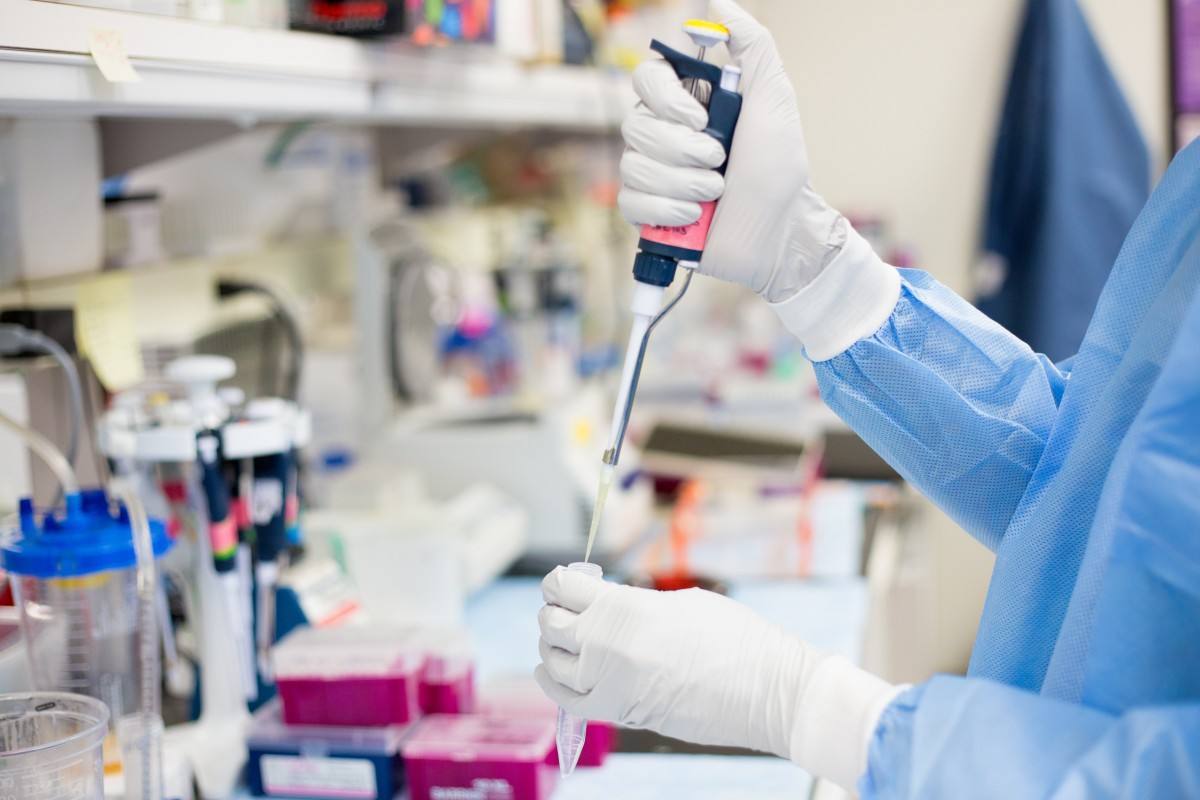
NewsInformation Center
Current status of industrial robots in pharmaceutical applications
2021/09/24
Industrial robots have the characteristics of anthropomorphism, programmability and wide applicability. In recent years, with the rapid development of technology and a series of policy measures to support the development of intelligent manufacturing, the figure of industrial robots has appeared frequently among various industries and played an important role. Recently, the Ministry of Industry and Information Technology announced the operation of China's robotics industry in 2020. Data show that in 2020, the national industrial robots completed the production of 237,000 units, an increase of 19.1% year-on-year. As seen from the data, China's industrial robots got more rapid development in 2020.
Looking back at 2020, industrial robots have also made frequent appearances in the pharmaceutical industry, and they have been used in processes such as testing, filling, sorting, aseptic transfer, pharmaceutical logistics and storage, etc., and with higher efficiency and accuracy, effectively guaranteeing the production of drugs, as well as reducing labor costs and labor intensity.

From the current situation of industrial robots in the pharmaceutical field, the industrial robots currently used in the pharmaceutical industry mainly include intelligent inspection robots, automatic drug sorting and boxing production lines, robotic automatic sterilization logistics systems, aseptic production intelligent robots, robot boxing palletizing production lines, AGV, etc., all of which are familiar robotic equipment in the industry and each of which plays a different and important role in the pharmaceutical production process.
Take intelligent testing robots as an example, there are many items of drug testing, including drug quality testing, drug composition testing, drug heavy metal testing, drug adverse reaction testing, drug sealing testing, etc. For a long time in the past, the pharmaceutical workshop staff basically relies on manual inspection of drugs, the naked eye detection method is not only work-intensive, and easy to make mistakes, bringing hidden risks to drug quality and safety. In the filling line with intelligent detection robot, not only can quickly detect foreign objects such as glass chips, hair and fiber in the bottle, but also detect the damage of the bottle itself and the quality of the encapsulation of the bottle, and can achieve automatic sorting of inferior products. Compared with the traditional manual light inspection, the application of intelligent inspection robots in the pharmaceutical industry has greatly improved the level of detection capabilities to further ensure drug safety.
The robot-based automatic drug sorting and cartoning production line is also widely used in the pharmaceutical industry. It works as follows: the products are transported from the conveyor belt to the robot automated sorting production line, the products on the conveyor belt are identified and detected by the vision system, and the robot will grab and put them into the silo of the automatic continuous cartoning machine according to the required combination of packaging, and then enter the cartoning station to complete Cartoning. It is understood that the fully automatic drug sorting and cartoning production line has the characteristics of fast speed, accurate positioning, safety and reliability, which can effectively prevent human errors caused by manual operation.
Another example is AGV, which is a kind of robot used for cargo handling and has the characteristics of flexibility and efficiency. In the pharmaceutical workshop, all aspects of drug production, including asepsis, cleanliness, personnel and equipment, need to be strictly controlled, so it is difficult to schedule and arrange the production process at the workshop level in real time. The AGV robot can precisely meet the special requirements of the pharmaceutical industry for a specific production environment, ensuring that it achieves safe and reliable transportation of drugs and equipment in the workshop, reducing the impact brought about by particles and microorganisms during transportation and greatly eliminating the risk of contamination.
At present, in the background of the normalization of collection and other policies to force the pharmaceutical industry innovation and upgrading, the pharmaceutical industry, new technologies, new drugs are emerging, while with the automation of production processes, information technology level continues to improve, the industry's requirements for intelligent will also be increasingly high. The industry generally believes that the realization of intelligent production in the pharmaceutical industry has become a major trend. In the future, as more fully automatic and intelligent industrial robots are used in drug production, it will help pharmaceutical companies to accelerate the realization of less humanized and unmanned production, to protect the safety of drugs and help the pharmaceutical industry to transform and upgrade in the direction of "smart".
Previous: UV Lamp Aging Test Tester Applications in the textile category
N e x t : 3 secrets about fabric testing



